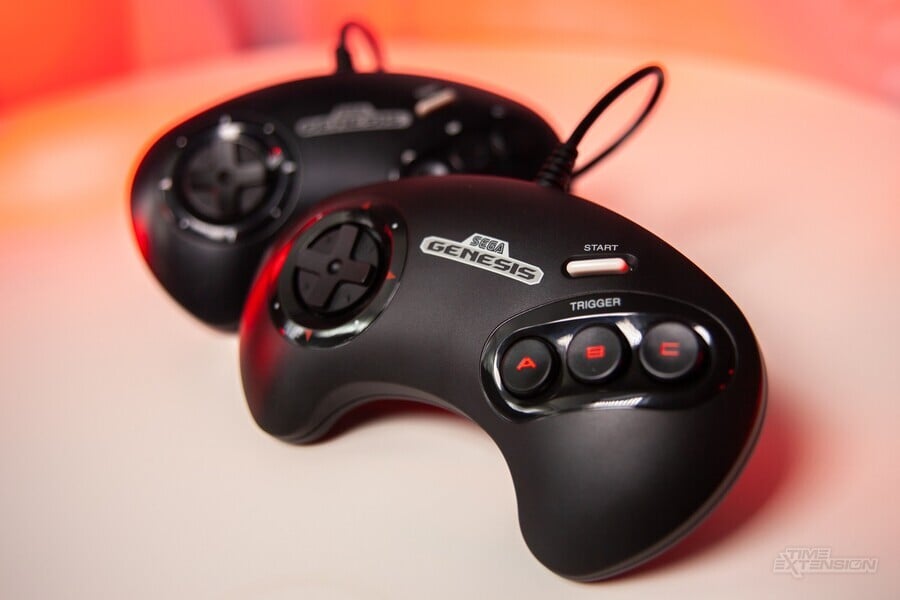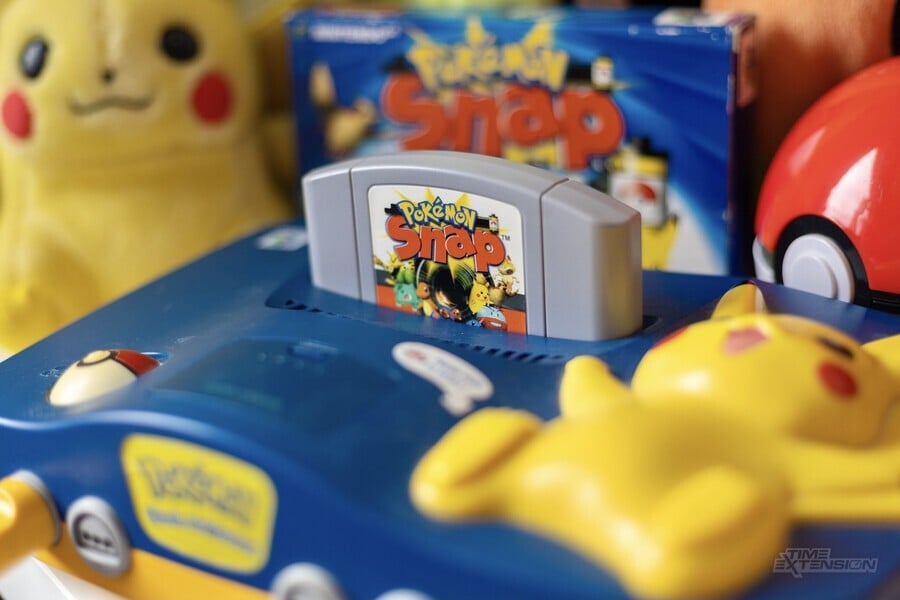
We recently ran an interview with former Sega of American President and CEO Tom Kalinske, in which he discussed his career in video games and some of the amazing things he achieved during his time with Sega.
Kalinske was the man who guided the company to a 50 percent share of the North American video game market, but sadly, his tenure at the firm ended on something of a sour note – and he's opened up to Time Extension about what happened.
Kalinske was hired by Sega boss Hayao Nakayama to turn things around for the company, which had traditionally struggled to gain a foothold in a market dominated by Nintendo. In the early days, he was given the power to make massive choices – including reducing the price of the Genesis and bundling it with the console's best game of the time, Sonic. These choices initially met with opposition from Sega of Japan, but the results spoke for themselves; Sega was able to take the fight to Nintendo in America, something that was borderline unthinkable when Kalinske came on board.
However, as the 16-bit generation began to wane, Kalinske found that this freedom was slowly but surely being removed. "The situation did change dramatically," he tells us. "It went from where I was able to do whatever basically I wanted to, to all of a sudden, I was being dictated to. And I really, at the time, didn’t understand why this was occurring. We’d been so successful, so I didn't understand why all of a sudden decisions were being forced on me from Japan, even to the degree of all that stuff I’ve talked about before on the Saturn where I was forced to introduce it, we didn’t have enough hardware, we didn’t have enough software, and then, to make matters worse, we were forced to introduce it five months earlier than we wanted — well, we didn’t want to introduce it anyway."
We've already touched upon a proposed deal with Sony that fell through, but Kalinske also mentions that Sega was offered the tech that would eventually power the N64 – but it feel through because his bosses wouldn't let him proceed.

"[At the time], I couldn’t get Japan to look at this chipset out of Silicon Graphics – well, they did eventually look at it," he explains. "Jim Clark, who was chairman of Silicon Graphics at the time. He was the guy who later founded Netscape. He called me up, we knew each other, and he lived near me, actually. He wanted us to look at a chipset that they had that they thought was perfect for a video game system. And, of course, Silicon Graphics was a company that was very well known for having these very advanced computers for special effects and movie-making, and what have you. And so I went over there and his chief engineer was Jensen Huang, who later founded NVIDIA. Anyway, I looked at it and I thought it was really good, but we, of course, were not responsible for hardware, we were supposed to do whatever Japan told us to do and just worry about software."
Keen to make something happen, Kalinske pushed his boss at Sega. "I called up Nakayama-san and told him about what Silicon Graphics had, and he sent a team over to look at it," he remembers. "And they basically turned it down, saying that the chip was too hard to manufacture, it would have been too big of a chipset, and it would have had too much throw-off waste in the manufacturing process; it would have been too expensive. So that was the reason for not doing it. That same chip was later sold to Nintendo. The reason why all of a sudden, they started making the decisions for me, I later found out."
Kalinske says that he only discovered why he was losing support at Sega after he left the company in 1996; apparently, Nakayama was using Tom's success in the west as a weapon to beat his Japanese staff with. "Every Monday Nakayama-san would go into the so-called ‘Decision Room’ where he met with the key staff," Kalinske says. "And he would beat the hell out of all of the managers and directors over and say things like, ‘Why can’t you guys get the revenue up like Tom has in the United States?’, ‘Why can’t we more successfully compete with Nintendo like Tom in the United States?’ Well, if you’re one of those managers sitting over in Tokyo and every Monday you’re getting the hell beaten out of you and yelled at by Nakayama – and he was very physical, I saw him in meetings literally slap subordinates – after a while, you start to hate this guy Tom over in the United States."
This, Kalinske believes, is one of the main reasons he stopped getting support from his Japanese colleagues in Japan. "I think that was why they started making the decisions for us and forcing Nakayama to overrule me in the United States. It’s kind of a strange thing, and I never found out about this until literally after I left Sega, when I was told it by several different Sega managers who have since left the company."
